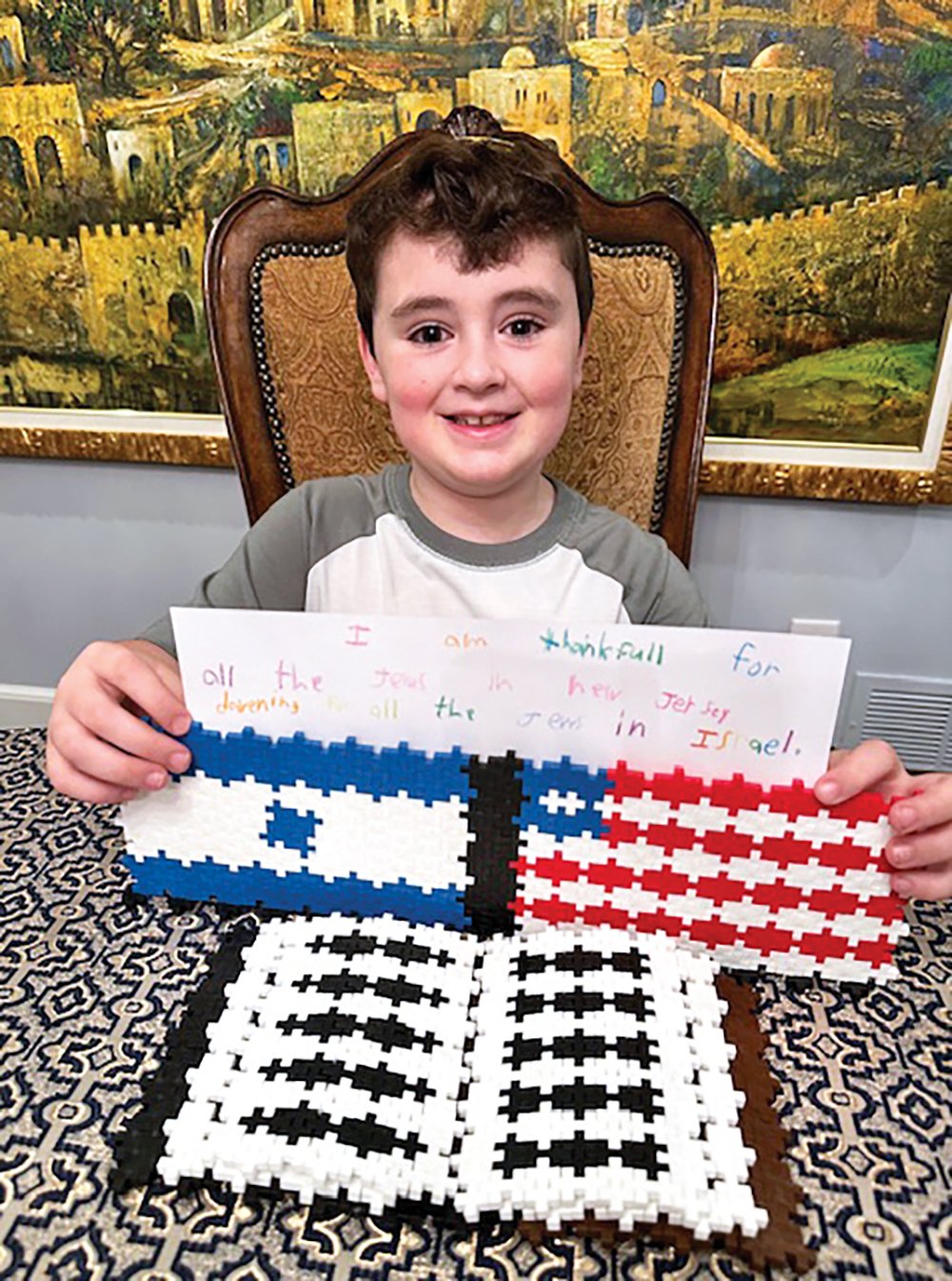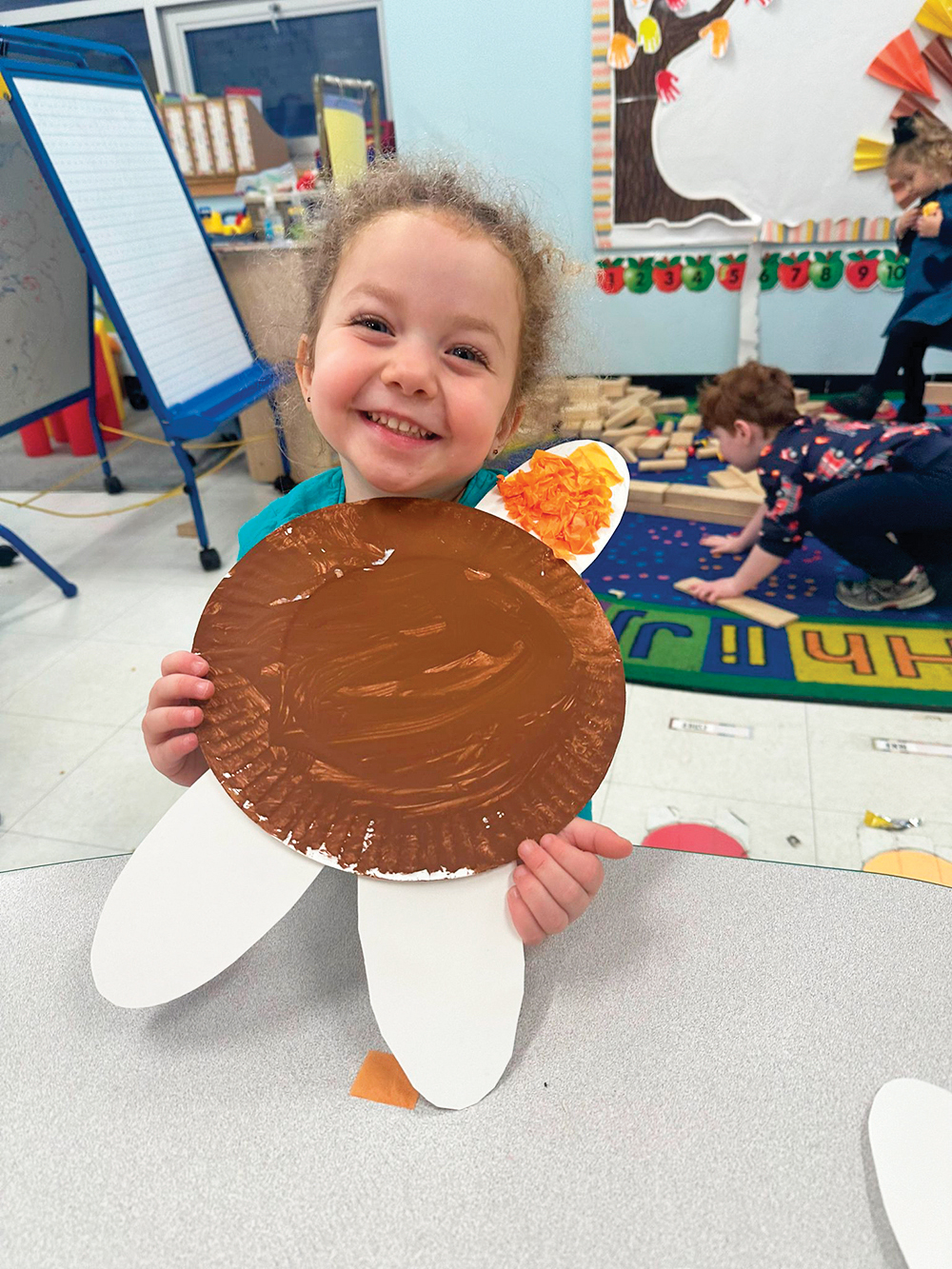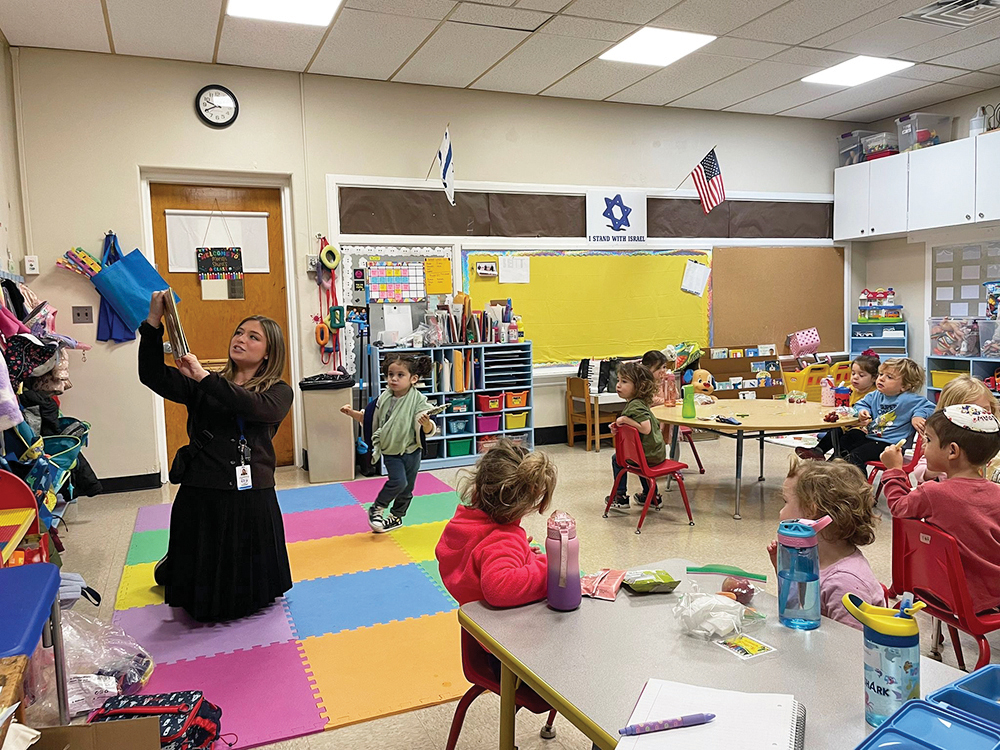I recently came across Rabbi Haim Jachter’s fascinating book: “Bridging Traditions: Demystifying Differences Between Sephardic and Ashkenazic Jews” (2021). I am going to base this column on this work.
I always go to the same Ashkenazic shul in Teaneck and have little awareness of Sephardic customs. This book was a real eye-opener!
Below are examples of customs that many or most Sephardim have that are different from Ashkenazic customs:
Sephardim have the practice of sitting during “Kaddish” (unless they are already standing). They are relying on the practice of the ARI here. (They often follow the ARI.)
Many Sephardim recite a different text of the fourth blessing of the Amidah, requesting “chochmah, binah, ve-daat,” instead of “deiah, binah, ve-haskel.”
Regarding “ha-noten la-yaef koeach,” this morning blessing (unlike almost all of the others) is not in the Talmud. Therefore, RavYosef Karo ruled against its recital. Yemenite Jewry still follows this ruling. But Chida (d. 1806) cites a tradition from ARI that the blessing should be recited. Accordingly, Sephardim do recite this blessing today.
(I have written about this blessing in Links to Our Legacy, pp. 211-214. The earliest allusion to its recital is a poem by Ibn Ezra.)
Based on a practice of ARI, Ashkenazim add three verses to the “Shir Shel Yom” of Wednesday, Psalm 94, because the psalm ends in a harsh way. The verses added are the first three of Psalm 95. Sephardim reject this addition.
Most Ashkenazic men do not wear a tallit until marriage. Sephardim begin wearing a tallit at their bar mitzvah.
Many Sephardim wear the tefillin of Rabbeinu Tam, in addition to the tefillin of Rashi. This would be an uncommon sight among non-Hasidic Ashkenazim.
In Birkat Kohanim, the Ashkenazic practice is for the chazan to prompt the Kohanim with the first word: “yevarechecha,” even though the Kohanim know the first word and the prompt creates an unnecessary hefsek. The original Sephardic practice, following Rambam and Rav Karo, was no prompt on the first word. But then many Sephardic communities changed to include the prompt on the first word. This change began with Ben Ish Chai, and Rav Ovadia agreed. (Ben Ish Chai believed that a change was strongly mandated by Kabbalah.) The practice of most Sephardic communities now is the same as the Ashkenazic practice. But Yemenites, Moroccans and Syrians retain the original practice
Sephardim do not lean towards the ground during the recitation of Tachanun.
Sephardic Selichot span 40 days and are written in a Hebrew that is easier to understand than the Ashkenazi Selichot.
Sephardim have a different haftarah for Shemot. They read Jeremiah chapter 1. This is the story of how he was chosen to be a prophet, an obvious parallel to the parshah’s story of how Moshe was chosen. Ashkenazim read from Isaiah chaps. 27-29.
Visitors give Sephardic mourners comfort with the words: “min ha-Shamayim tenuchamu.” See Rambam, Hilchot Avel 13:2. This is in contrast to the Ashkenazic words of comfort: “ha-Makom yenachem…”
Rambam and RavKaro wrote that women do not recite blessings on “mitzvot aseh she-ha-zeman gerama.” (E.g., how can they say “ve-tzivanu”?) RavOvadia agreed. But Chida was willing to allow women to recite such blessings. Aside from the leniency in other Rishonim (which the Askhenazic world relies on), Chida also relied on a work of responsa that collected answers to questions asked via dreams (Shut Min Ha-Shamayim, 13th cent.). RavJachter concludes that despite RavOvadia’s vigorous opposition, Chida’s approach is the common practice in most Sephardic lands.
Most Sephardim do not recite a blessing on Hallel when it is not a full Hallel.
Sephardim believe it is permissible to recite Avinu Malkeinu on Shabbat. Ashkenazim do not do this, even on Yom Kippur (unless there are exceptionally unusual circumstances).
Sephardim traditionally did not have a stage of retiring to a “yichud” room at a wedding after the chuppah. The chatan covering the kallah with his tallit was considered the completion of nissuin. But there is a trend now to start having a “yichud” room.
Sephardim and Ashkenazim disagree on certain spellings in a get. For example, that “ch” sound in the name “Charles.” Ashkenazic Rabbis will write טש. But Rav Ovadia writes ‘צ.
There is also, or at least had been, a difference in customs regarding washing meat and milk dishes together in dishwashers.
Rabbi Jachter writes: “It is accepted in Ashkenazic families not to wash both milk and meat utensils in the same dishwasher. Although Rav Moshe Feinstein wrote no less than seven teshuvot permitting the use of a dishwasher for both meat and milk, the fact that he required switching racks … makes it quite inconvenient to use one dishwasher for both. The premier Sephardic poskim Rav Ovadia Yosef and Rav Yitzhak Yosef, on the other hand, permit using one dishwasher for both meat and milk … They even (essentially) permit simultaneous washing of both meat and milk in the same dishwasher!”
Rav Ovadia based his lenient view on a case discussed by Rav Karo at Yoreh Deah 95:4 involving giant pots normally used for dairy cooking that people wanted to use to clean meat dishes. This was permitted because a distasting agent such as ashes or soap would be added and this would render the milk in the walls of the pot “pagum” (unfit, no longer considered as milk). This allowed the insertion of a meat vessel. This seemed to match the operation of our dishwashers with our detergent being the distasting agent. But it now seems that our modern dishwashers do not operate the way Rav Ovadia thought. He assumed that all dishwashers begin with a cold water cycle and that the hot water is only introduced together with the detergent. But it turns out that at the beginning of the washing cycle, the hot water may start spraying before the detergent has been released. This changes everything. Thus a more modern Sephardic posek, Rav Shlomo Amar, who usually follows Rav Ovadia, is not comfortable relying on Rav Yosef’s leniency any longer.
………………………………………………………………………..
The book also addresses what nusach an Ashkenazic Jew should use to pray when he is in a Sephardic shul. He cites Rav Hershel Schachter, shlita, as ruling that the Ashkenazic Jew should use an Ashkenazic siddur and pray in accordance with Ashkenazic practice except for the portions that are recited out loud, such as Kaddish and Kedushah. But if the Ashkenazic Jew would find this confusing, RavSchachter permits the Ashkenazic Jew to use a Sephardic siddur and pray using its nusach.
Since Ashkenazic and Sephardic Jews have a different view of how to position a mezuzah (tilted versus straight), an interesting issue is how to resolve a situation where an Ashkenazic Jew and a Sephardic Jew are living in the same room (e.g., a college dorm). He gives guidance in this challenging situation.
………………………………………………………………………..
Throughout the book Rabbi Jachter stresses how much Ashkenazic and Sephardic Jews have in common, despite the differences. (After all, we all use the same Shulchan Aruch, since it includes the opinions of both Rav Yosef Karo and רמא.) He cites a TABC alumnus who grew up in Iran. RavJachter asked him how long it took him to get used to the TABC davening? His answer: “One week!”
When writing about Sephardic customs, RavJachter makes sure to explain the background for the Ashkenazic customs as well. So we end up understanding our Ashkenazic customs much better. This book is a “must have” for all!
Mitchell First can be reached at [email protected], or in his seat at the Ashkenazic shul Congregation Beth Aaron in Teaneck.













